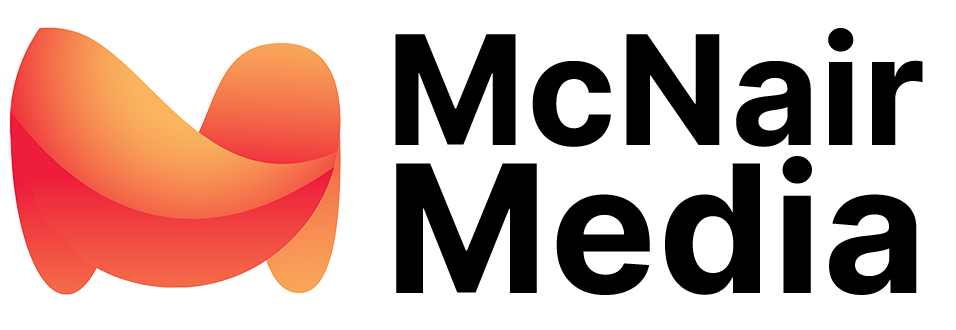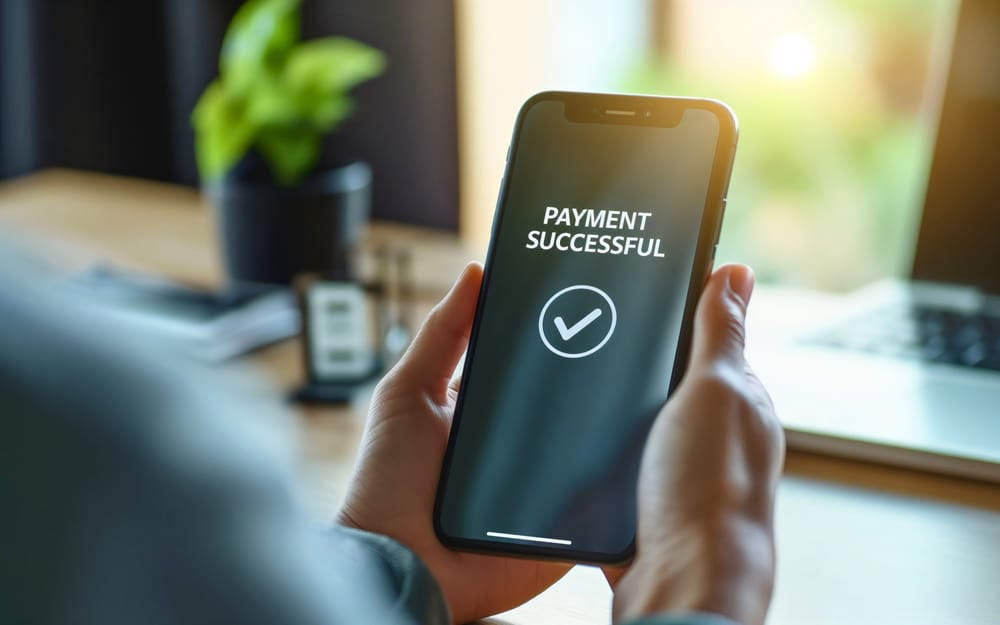App development is no longer just for large corporations. More and more small businesses are realizing the potential of having their own mobile apps to reach customers and streamline operations. However, developing an app for your small business can be a complex and daunting task, especially if you’re not familiar with the process. To make things easier, we’ve compiled a checklist to guide you through the critical aspects of app development for small businesses.
Cost Considerations
- Building Costs: When developing a mobile app, it’s essential to have a clear understanding of the overall costs involved. These costs include:- Hiring a developer or development team- Purchasing software licenses and tools required for development- Design and user interface (UI) development- Testing and quality assurance
- Maintenance Costs: Developing the app is just the beginning. To keep your app functional and competitive, you must consider the ongoing costs of maintaining and updating it. These costs include:
- Software updates: As mobile operating systems and APIs change, you’ll need to update your app to ensure compatibility and maintain a seamless user experience.
- Bug fixes: No app is perfect, and you’ll need to allocate resources for fixing bugs and addressing user feedback.
- Security updates: Protecting user data is crucial, and you must stay up-to-date with the latest security standards and protocols.
- Feature additions: To keep your app relevant and engaging, you may want to add new features and functionality over time.
Assessing Your Current IT Infrastructure
A successful app rollout relies on seamless integration with your existing IT infrastructure. Evaluate your current systems to determine if they’re compatible with your app or if you’ll need to make updates or improvements.
For example, consider a retail business looking to develop a mobile app. If their inventory management system is outdated and there are issues with the point-of-sale (POS) system, these challenges will affect the app’s functionality and user experience. In this case, the business might need to invest in updating its IT infrastructure before launching the app.
Internal Processes: Staffing and Training Resources
Developing and managing an app requires dedicated personnel and expertise. Consider the following aspects of your internal processes to ensure your app development project runs smoothly:
Staffing
- Identify the roles needed for app development and management, such as developers, designers, project managers, and quality assurance specialists.
- Determine if you have existing staff with the skills to fill these roles or if you’ll need to hire new employees or outsource tasks.
- Assess the workload of your existing staff and ensure they have the capacity to take on additional responsibilities related to the app.
Training
- Provide training and resources to help your staff develop the necessary skills for their roles in app development and management.
- Consider offering ongoing training to keep your team up-to-date with industry best practices and emerging technologies.
- Evaluate your staff’s training needs regularly to ensure they have the knowledge and skills required to keep your app competitive and secure.
Market Research and Target Audience
Understanding your target audience and their needs is vital for any successful app. Conduct market research to gather insights into:
- Demographics: Understand the age, gender, location, and other demographic factors that define your target audience.
- User behavior: Analyze how your target audience interacts with apps, including their preferred features, functions, and app usage patterns.
- Competitor analysis: Examine competing apps in your niche to identify gaps and opportunities to differentiate your app.
Define Your App’s Purpose and Goals
Clearly define the purpose and goals of your app to guide its development and measure its success. Consider the following questions:
- What problem does your app solve, or what value does it provide to users?
- How will your app stand out from competitors?
- What are your app’s short-term and long-term objectives?
- How will you measure your app’s success, such as through user engagement, downloads, or revenue?
Create a Detailed Project Plan
Develop a comprehensive project plan that outlines the steps and timelines for app development, testing, and deployment. A well-defined project plan can help ensure that everyone involved stays on track and that you can effectively manage resources and deadlines. Include the following elements in your project plan:
- Project scope: Define the app’s features, functionality, and desired user experience.
- Milestones: Identify key milestones in the development process, such as design completion, development milestones, testing, and deployment.
- Timelines: Estimate the time required to complete each milestone and set realistic deadlines.
- Resource allocation: Outline the staff and resources required for each stage of development, including internal and external resources.
Choose the Right Development Approach
Select a development approach that best aligns with your business goals, budget, and timeline. There are several development approaches to choose from, including:
- Native app development: Building separate apps for each platform (iOS, Android) using platform-specific languages and tools.
- Cross-platform app development: Using a single codebase for multiple platforms, which can save time and resources but may result in a less optimized user experience.
- Progressive web app (PWA) development: Creating a web-based app that can function on various devices and platforms, offering a more cost-effective solution but with some limitations compared to native apps.
Prioritize User Experience (UX) Design
Invest in creating a user-friendly and visually appealing app design that aligns with your brand and delivers an intuitive experience for users. Consider the following aspects of UX design:
- User flow: Design a logical flow that guides users through your app’s features and functionality.
- Visual design: Create a visually appealing design that reflects your brand and engages users.
- Usability: Prioritize ease of use and ensure that users can easily navigate and interact with your app.
- Testing and Quality Assurance: Rigorous testing and quality assurance are essential for identifying and resolving issues before your app goes live. Implement a thorough testing process that includes:
- Functional testing: Ensuring that your app’s features and functions work as intended.
- Compatibility testing: Verifying that your app works seamlessly on various devices and platforms.
- Performance testing: Assessing your app’s speed, responsiveness, and stability under different conditions.
- Security testing: Confirming that your app meets industry security standards and protects user data.
Plan for App Deployment and Marketing
Prepare for your app’s launch by creating a deployment and marketing plan that outlines how you’ll promote your app and reach your target audience. Consider the following strategies:
- App store optimization (ASO): Optimize your app’s title, description, keywords, and visuals to improve its visibility and ranking in app stores.
- Social media marketing: Leverage social media platforms to engage with your target audience and promote your app.
- Influencer partnerships: Partner with influencers in your niche to reach a broader audience and generate buzz around your app.
- PR and media outreach: Secure media coverage to increase your app’s visibility and credibility.
Developing a successful app for your small business requires careful planning, resource allocation, and a focus on user experience. Use this comprehensive checklist to ensure you’ve covered all the essential aspects of app development, from cost considerations to deployment and marketing. By following these guidelines, you’ll be well on your way to launching a competitive and engaging app that meets the needs of your target audience and supports your business goals.
Ready to Get Started With Your App?
Click the link below to request your FREE app consultation!
Request an App Consultation






